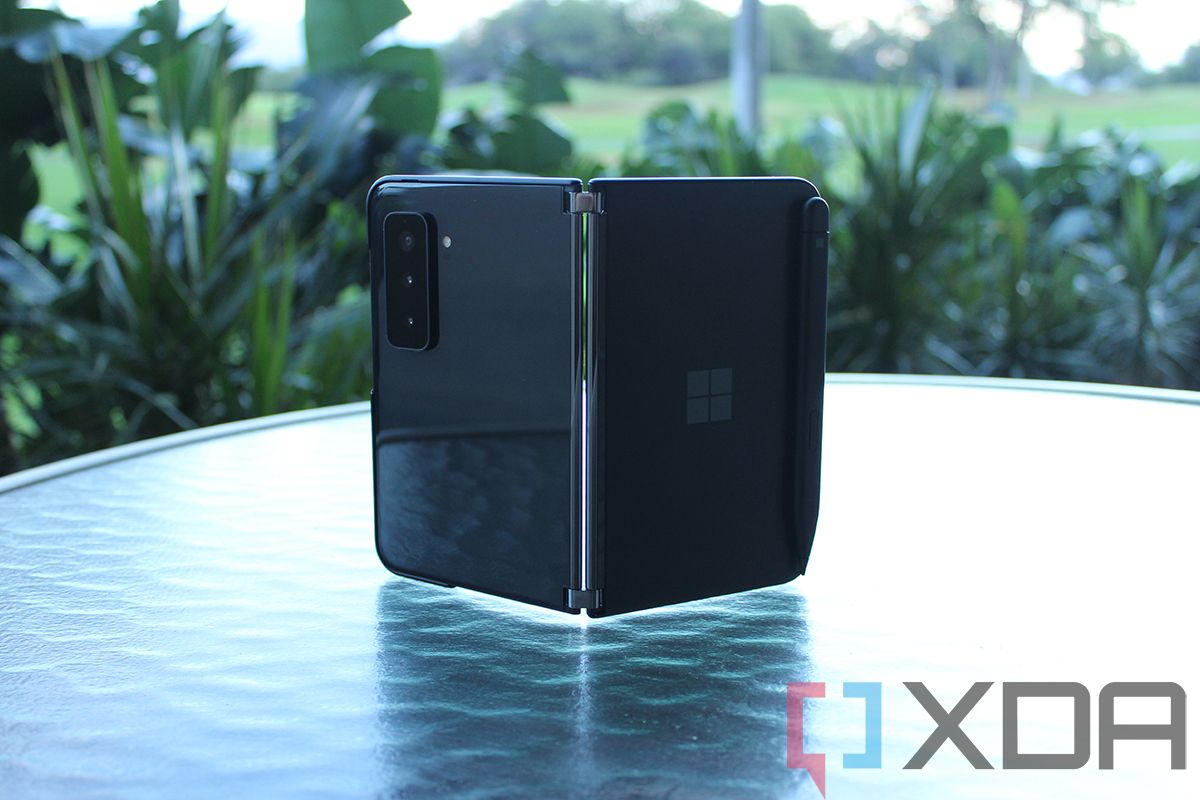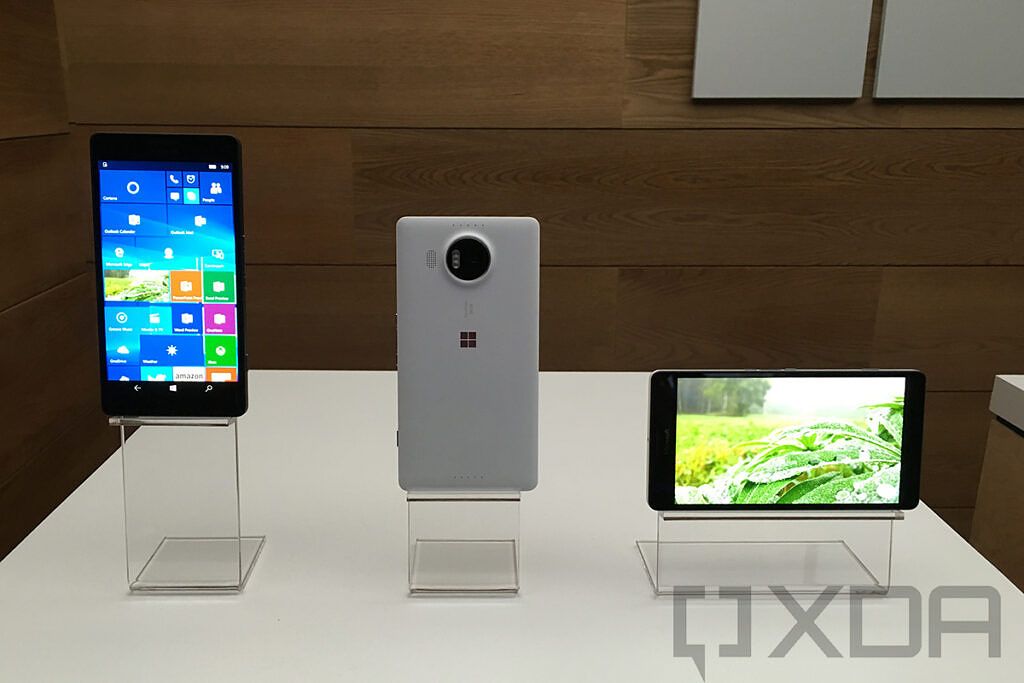The story of Windows Phone is a relatively short, but sad one for fans of Microsoft's smartphone efforts. Debuting in 2010 with Windows Phone 7 and gaining a bit more mainstream traction in 2012 and 2014 with Windows Phone 8 and 8.1, respectively, Microsoft had lots of innovative plans.
For example, the OS was focused around hubs, rather than apps, an idea that was ahead of its time. You'd have a People hub that brought in content from various social networks, and Photos would pull in your pictures from various services. Windows Phone became Windows 10 Mobile in 2016, and while Microsoft initially had big plans for it, it just kind of quietly killed it off. Few phones were even allowed to upgrade to Windows 10, and the last feature update arrived in 2017.
But it still wasn't supposed to be the end of Windows on phones. Microsoft had a plan called Andromeda, which was a combination of software - known as Andromeda OS - and dual-screen hardware, which later became the Android-powered Surface Duo.
Windows Central's Zac Bowden actually got his hands on the Andromeda software, but running on the Microsoft Lumia 950, a single-screen device. The reason was because engineers working on Andromeda OS didn't actually have Andromeda devices, so they worked with Lumia 950 units.
There's a lot to unpack here, because as it turns out, Andromeda was a pretty radical idea. It's unlike any other smartphone OS that we've seen.
The biggest example of this is that it's journal-focused. When you unlock the phone, it takes you to a note-taking screen, which is probably not something that users would adopt. It's also got a one-handed Start Menu, making it a rare example of a smartphone OS that doesn't go full-screen with app selection.
But even the lock screen is a bit different. The two shortcuts are the camera and Cortana. And yes, this build is from 2018 when Cortana was still an actual digital assistant like Alexa and Google Assistant. When a notification would come in, you could press the Cortana shortcut to interact with it. You could also write on the lock screen, sort of as a way to leave yourself sticky notes. They'd just stay there until you erased them.
The OS was gesture-based, unsurprisingly. This was actually something that we knew back in the day when this was rumored. You could swipe in from the left for the Start Menu, swipe in from the right for Cortana, or swipe down from the top for the control center.
A lot of this stuff made it to the actual Surface Duo, or more specifically, into the Android skin that Microsoft uses. Some of the gestures are the same, and there's clearly a similar design language.
As always, it's fun to have a look at what Windows on phones would have looked like if Microsoft had actually tried. Indeed, the platform failed for a number of reasons, but a key one was that the Redmond firm really never put its full weight behind it. In a two-horse race between three companies with seemingly limitless resources, the two that won were, unsurprisingly, the two that were willing to prioritize their mobile platforms over their desktop platforms.
Windows 10 Mobile was a different story though, because it almost seemed like it was internally killed before it even shipped. Microsoft has promised a free upgrade for anyone running Windows Phone 8.1, and then actually delivered it for a small subset of devices. On top of that, many features that we knew were planned internally, such as pen support, were just scrapped.
When Windows 10 for PCs got the Fall Creators Update in 2017, which was codenamed Redstone 3, Windows 10 Mobile didn't. It got a feature update - without any features - that came from a totally separate branch, codenamed feature2. When it was in testing, Microsoft didn't even tell us what feature2 was. Some thought the branches would be merged into one Redstone 3 to make way for Windows Core OS, and others thought they'd just merge back to the same development branch in Redstone 4. Neither of those happened, as feature2 ended up being the last feature update for Windows 10 Mobile.
That's why it's so interesting to see an internal build of Windows on phones from 2018. From what we saw on the outside, Microsoft had just thrown in the towel. If you're a fan of the platform, it's fun to see what could have been, but it's also a bit depressing.


